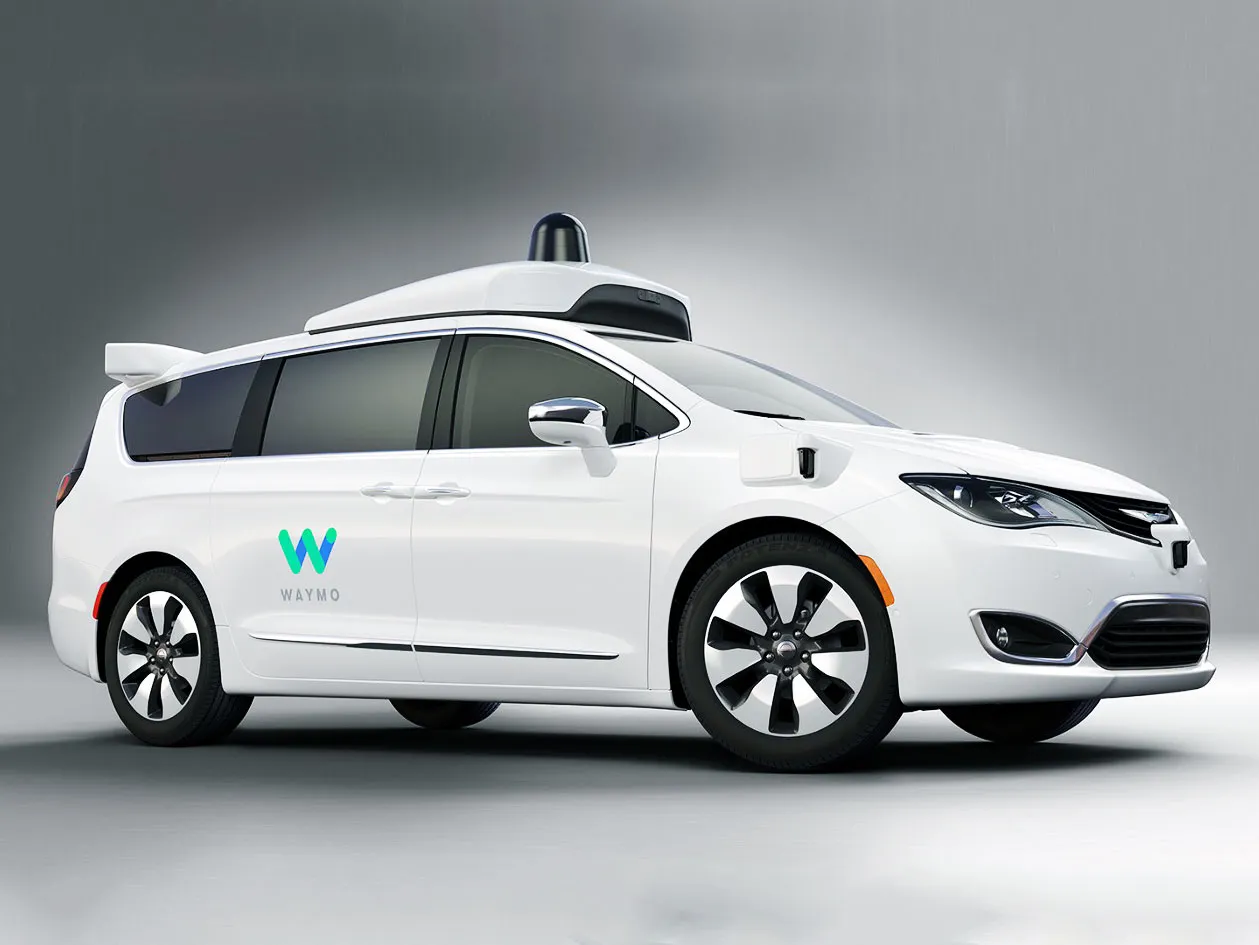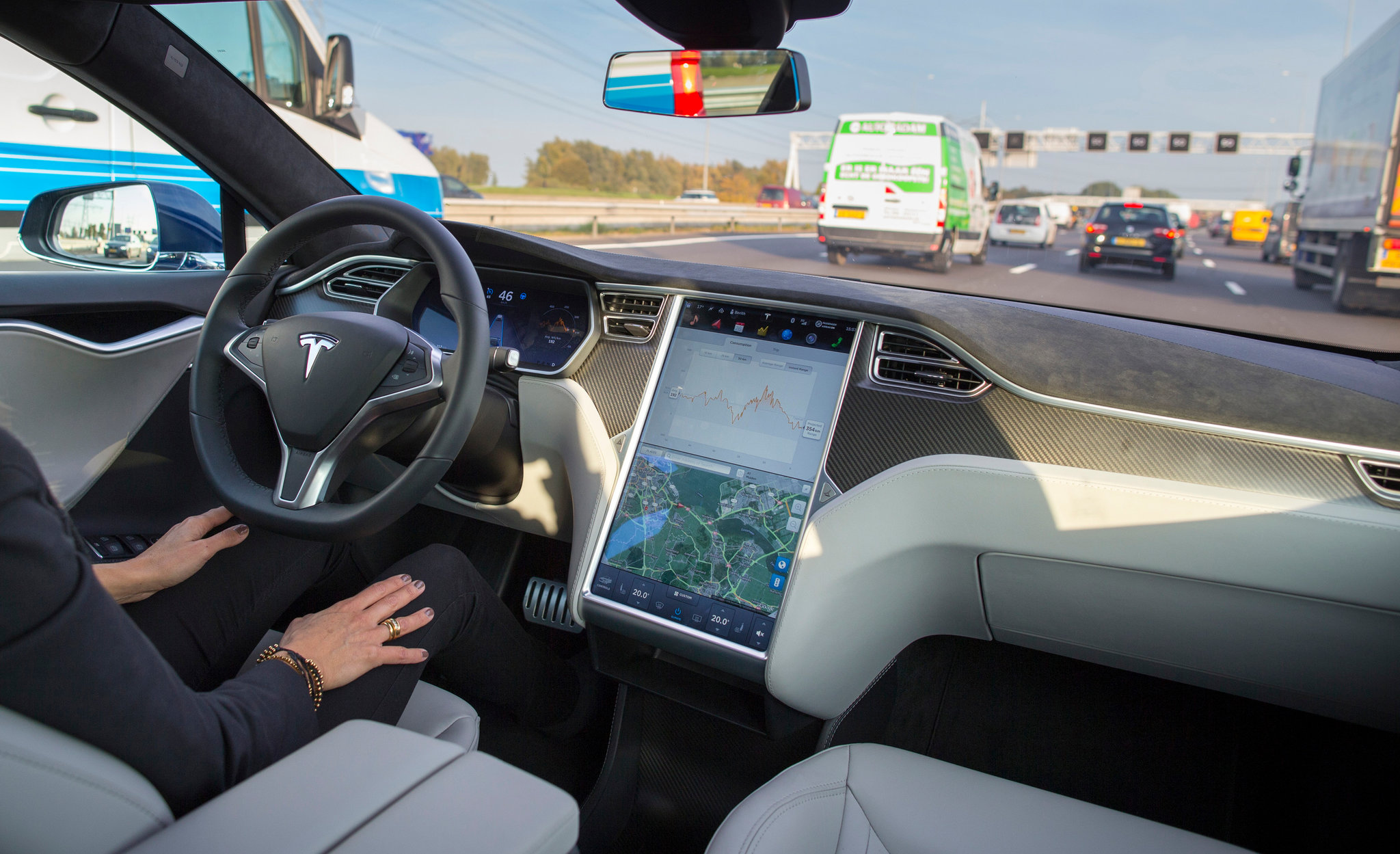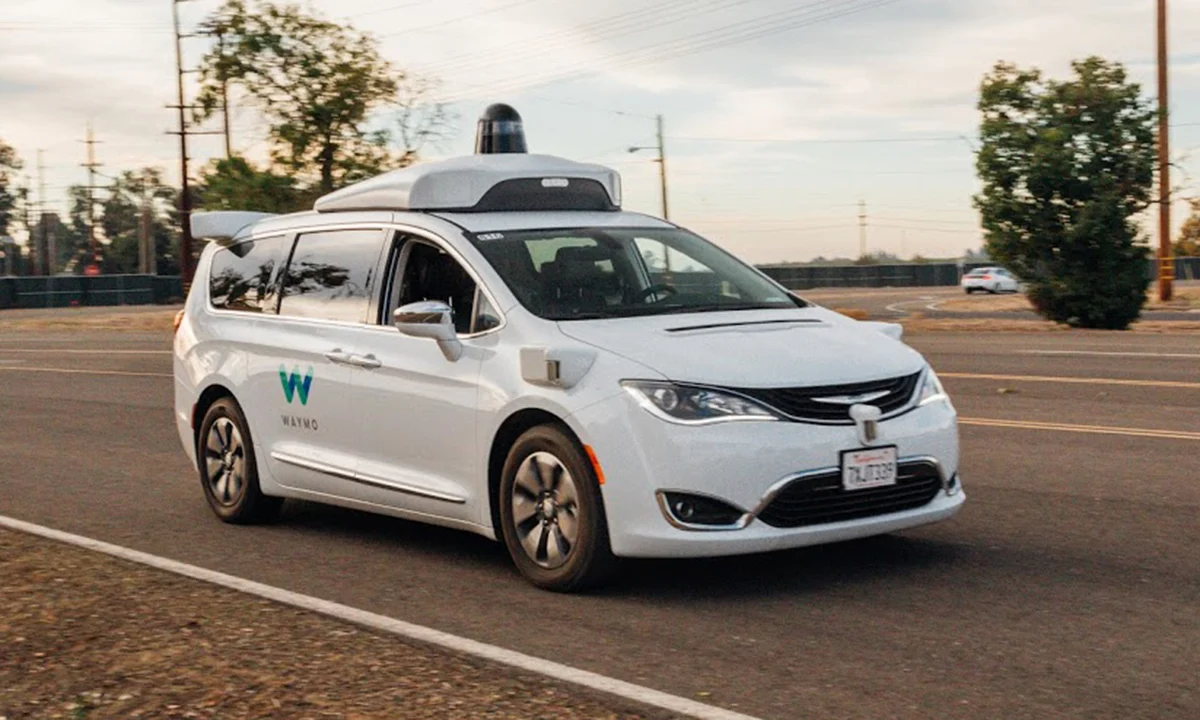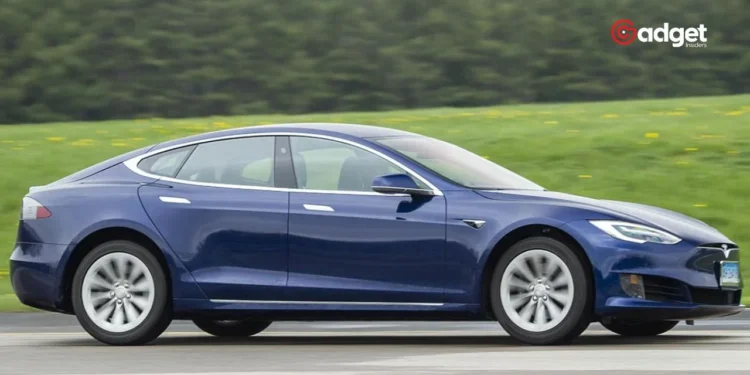In the race to perfect autonomous driving technology, Waymo appears to be several moves ahead of Tesla. While Tesla enthusiasts, including CEO Elon Musk, have high hopes for the company’s Full Self-Driving (FSD) software, recent comparisons highlight the significant gap between Tesla’s ambitions and Waymo’s current capabilities.

Tesla’s FSD: Progress and Challenges
Tesla’s FSD software received a major upgrade with version 12.3 in March, followed by an announcement of a purpose-built robotaxi set to be unveiled on August 8. Musk recently teased another update, version 12.4, promising a “5X to 10X improvement in miles per intervention.” Despite these advancements, real-world tests suggest that Tesla’s technology still has a long way to go.
During a 45-minute test drive in San Francisco with a Tesla Model X, I had to intervene twice to correct the FSD software. In stark contrast, my experience with Waymo’s autonomous vehicles was flawless over two hours, with no need for intervention. This difference underscores the current technological disparity between the two companies.
Waymo’s Methodical Approach
Waymo’s superior performance comes with an important caveat. While their vehicles operate driverless, remote operators provide occasional guidance. Though Waymo did not disclose the frequency of these interventions, this support mechanism is crucial for maintaining safety. Additionally, Waymo’s taxis avoid freeways, focusing on safer, less complex driving environments.

Tesla fans argue that these limitations signify Waymo’s technological dead end, while Tesla’s FSD, capable of operating on all road types, represents a more advanced solution. However, this view overlooks the inherent challenges of driverless technology. Safely operating autonomous vehicles, especially at high speeds, requires meticulous testing and incremental rollout.
Learning from the Past
Tesla’s strategy contrasts sharply with Waymo’s cautious approach. Waymo began its driverless service in 2020 in Phoenix’s residential streets, gradually increasing the difficulty as confidence in their technology grew. Tesla, on the other hand, has yet to start driverless testing, primarily because its software isn’t ready. When Tesla eventually transitions to driverless operations, it will likely face the same challenges that Waymo has been addressing for years.
The hype surrounding Tesla’s FSD today mirrors the excitement that surrounded Waymo in 2018. That year, Waymo announced plans to purchase thousands of vehicles from Jaguar and Fiat Chrysler, aiming for a large-scale deployment. However, the initial service, launched in December 2018, was limited and underwhelming, with safety drivers still present in most rides.
Waymo’s Cautious Expansion
It wasn’t until October 2020 that Waymo launched a fully driverless taxi service in Phoenix, open to the general public. Even then, the expansion was slow and deliberate. Waymo began offering commercial service in San Francisco in 2023 and is now expanding to Los Angeles and Austin. Despite early ambitions, Waymo currently operates a modest commercial fleet, far fewer than the 82,000 vehicles initially planned.
This measured approach has allowed Waymo to refine its technology and address real-world challenges, such as unprotected left turns and complex traffic scenarios. By contrast, Tesla’s more aggressive strategy could lead to setbacks if the company does not adequately address the nuanced challenges of autonomous driving.

Waymo Ahead in Autonomous Driving Race
In the battle for autonomous driving supremacy, Waymo’s methodical, chess-like strategy places it ahead of Tesla’s checkers-like approach. While Tesla’s bold ambitions and rapid advancements capture headlines, the reality of autonomous driving demands a cautious and calculated rollout. As Waymo continues to expand its driverless operations and Tesla strives to catch up, the future of autonomous driving remains a dynamic and evolving field, with safety and reliability as the ultimate goals.










